
2024
Krongkarn Suthem
BMC Medical Informatics and Decision Making
volume 24, Article number: 83 (2024)
Emergency Department (ED) overcrowding is a global concern, with tools like NEDOCS, READI, and Work Score used as predictors. These tools aid healthcare professionals in identifying overcrowding and preventing negative patient outcomes. However, there’s no agreed-upon method to define ED overcrowding. Most studies on this topic are U.S.-based, limiting their applicability in EDs without waiting rooms or ambulance diversion roles. Additionally, the intricate calculations required for these scores, with multiple variables, make them impractical for use in developing nations.
This study sought to examine the relationship between prevalent ED overcrowding scores such as EDWIN, occupancy rate, and Work Score, and a modified version of EDWIN newly introduced by the authors, in comparison to the real-time perspectives of emergency physicians. Additionally, the study explored the links between these overcrowding scores and adverse events related to ED code activations as secondary outcomes.

https://bmcmedinformdecismak.biomedcentral.com/articles/10.1186/s12911-024-02456-9
2023
Orawit Thinnukool
The experimental results show that the proposed model outperformed the baseline methods, with F-scores of 0.81 for DenseNet + Logistic Regression hybrid model, (F-score: 0.73) for Visual Geometry Group (VGG) + Logistic Regression hybrid model, (F-score: 0.74) for VGG + Random Forest, (F-score: 0.79) for DenseNet + Random Forest, and (F-score: 0.79) for VGG + Densenet + Logistic Regression hybrid model on the dataset of histopathological images.
2022
Pattarraporn Khuwuthyakorn
The electroencephalogram (EEG) introduced a massive potential for user identification. Several studies have shown that EEG provides unique features in addition to typical strength for spoofing attacks. EEG provides a graphic recording of the brain’s electrical activity that electrodes can capture on the scalp at different places. However, selecting which electrodes should be used is a challenging task.
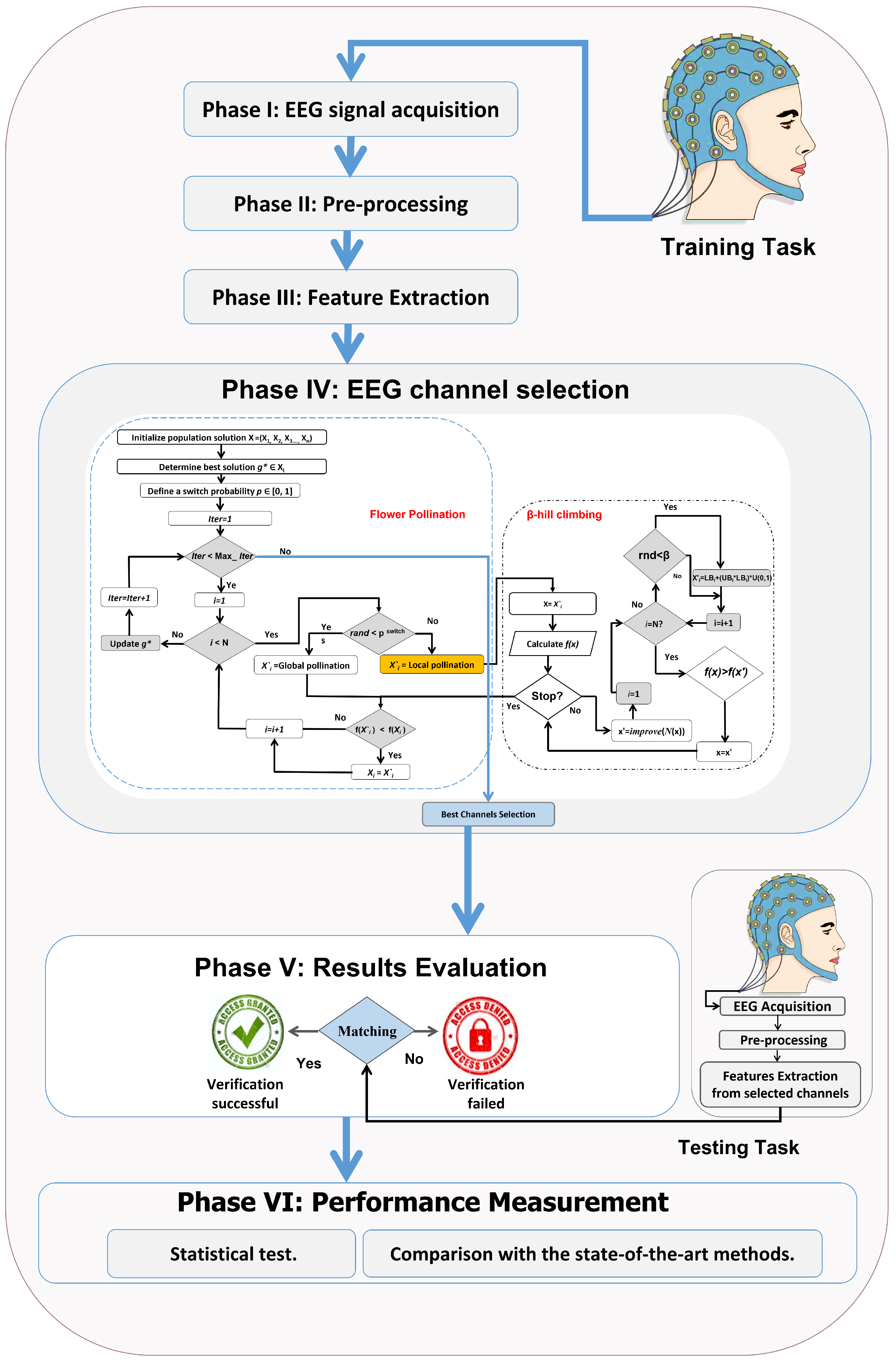
2022
Orawit Thinnukool
Signet Ring Cell (SRC) Carcinoma is among the dangerous types of cancers, and has a major contribution towards the death ratio caused by cancerous diseases. Detection and diagnosis of SRC carcinoma at earlier stages is a challenging, laborious, and costly task. Automatic detection of SRCs in a patient’s body through medical imaging by incorporating computing technologies is a hot topic of research.
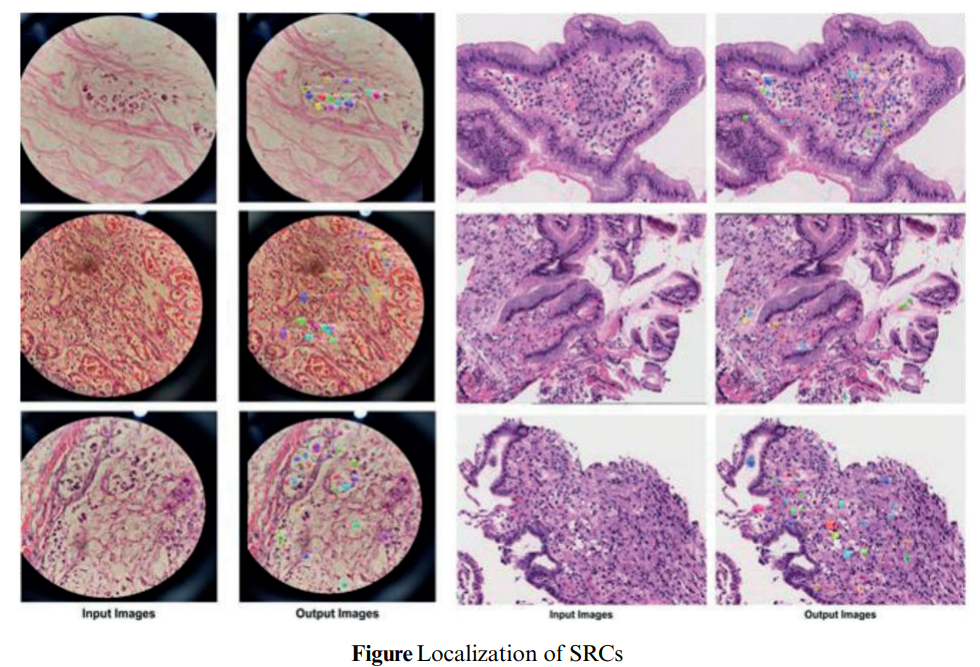
2022
Orawit Thinnukool
In this study, linguistic variables in terms of triangular fuzzy numbers (TrFn) are used to manage such kind of rough information, then the rough approximations of the fuzzy hypersoft set (FHS-set) are characterized which are capable of handling such informational uncertainties. The FHS-set is more flexible as well as consistent as it tackles the limitation of fuzzy soft sets regarding categorizing parameters into their related sub-classes having their sub-parametric values. Based on these rough approximations, an algorithm is proposed for the optimal selection of suppliers by managing experts’ opinions and rough information collectively in the form of TrFn-based linguistic variables. To have a discrete decision, a signed distance method is employed to transform the TrFn-based opinions of experts into fuzzy grades.
The proposed algorithm is corroborated with the help of a multi-criteria decision-making application to choose the best supplier for real estate builders. The beneficial facets of the put forward study are appraised through its structural comparison with few existing related approaches. The presented approach is consistent as it is capable to manage rough information and expert’s opinions about suppliers collectively by using rough approximations of FHS-set.
https://www.mdpi.com/2075-5309/12/7/940
2022
Orawit Thinnukool
The study proposes ReSVM, an approach combining deep features of ResNet-50 with the SVM classifier, for distraction detection of a driver. ReSVM is compared with six state-of-the-art approaches on four datasets, namely: State Farm Distracted Driver Detection, Boston University, DrivFace, and FT-UMT. Experiments demonstrate that ReSVM outperforms the existing approaches and achieves a classification accuracy as high as 95.5%. The study also compares ReSVM with its variants on the aforementioned datasets.
2022
Orawit Thinnukool
This research involves an evaluation of the performance of deep learning models for COVID-19 diagnosis using chest X-ray images from a dataset containing the largest number of COVID-19 images ever used in the literature, according to the best of the authors’ knowledge.
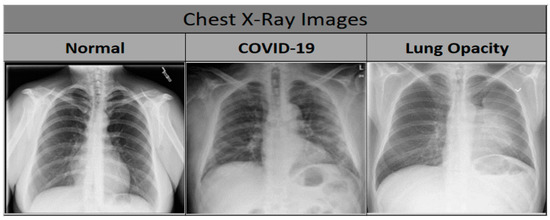
2022
Orawit Thinnukool
This research discusses machine learning algorithms, such as Gaussian Progress Regression (GPR), Support Vector Machine Regression (SVMR), Ensemble Learning (EL), and optimized GPR, SVMR, and EL, to predict the compressive strength of Lightweight Concrete (LWC). The simulation approaches of these trained models indicate that AI can provide accurate prediction models without undertaking extensive laboratory trials. Each model’s applicability and performance were rigorously reviewed and assessed. The findings revealed that the optimized GPR model (R = 0.9803) used in this study had the greatest accuracy. In addition, the optimized SVMR and GPR model showed good performance, with R-values 0.9777 and 0.9740, respectively. The proposed model is economic and efficient, and can be adopted by researchers and engineers to predict the compressive strength of LWC.
2022
Orawit Thinnukool
The proposed work presents a robotized predictive structure, dependent on machine learning (ML) methods for the forecast of AD. Neuropsychological measures (NM) and magnetic resonance imaging (MRI) biomarkers are deduced and passed on to a recurrent neural network (RNN). In the RNN, we have used long short-term memory (LSTM), and the proposed model will predict the biomarkers (feature vectors) of patients after 6, 12, 21 18, 24, and 36 months. These predicted biomarkers will go through fully connected neural network layers. The NN layers will then predict whether these RNN-predicted biomarkers belong to an AD patient or a patient with a mild cognitive impairment (MCI). The developed methodology has been tried on an openly available informational dataset (ADNI) and accomplished an accuracy of 88.24%, which is superior to the next-best available algorithms.
2022
Orawit Thinnukool
In this research, we proposed a deep learning and Moth-Crow optimization-based method for GI disease classification. There are a few key steps in the proposed framework. Initially, the contrast of the original images is increased, and three operations based on data augmentations are performed. Then, using transfer learning, two pre-trained deep learning models are fine-tuned and trained on GI disease images.
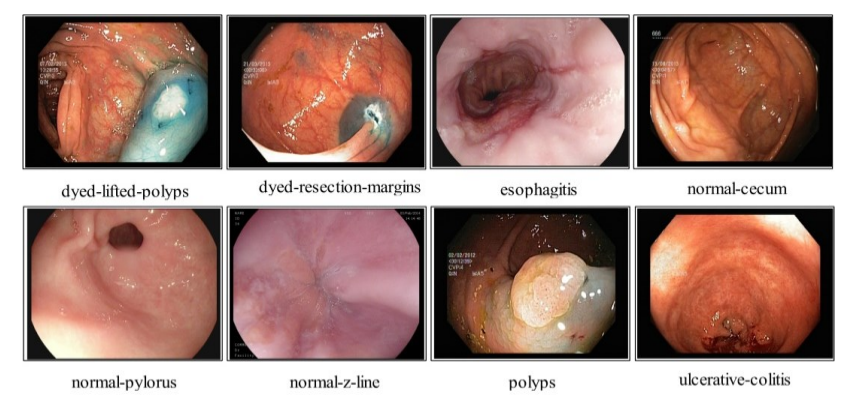
2022
Orawit Thinnukool
In computer vision, object recognition and image categorization have proven to be difficult challenges. They have, nevertheless, generated responses to a wide range of difficult issues from a variety of fields. Convolution Neural Networks (CNNs) have recently been identified as the most widely proposed deep learning (DL) algorithms in the literature. CNNs have unquestionably delivered cutting-edge achievements, particularly in the areas of image classification, speech recognition, and video processing. However, it has been noticed that the CNN-training assignment demands a large amount of data, which is in low supply, especially in the medical industry, and as a result, the training process takes longer. In this paper, we describe an attention-aware CNN architecture for classifying chest X-ray images to diagnose Pneumonia in order to address the aforementioned difficulties. Attention Modules provide attention-aware properties to the Attention Network. The attention-aware features of various modules alter as the layers become deeper. Using a bottom-up top-down feedforward structure, the feedforward and feedback attention processes are integrated into a single feedforward process inside each attention module.
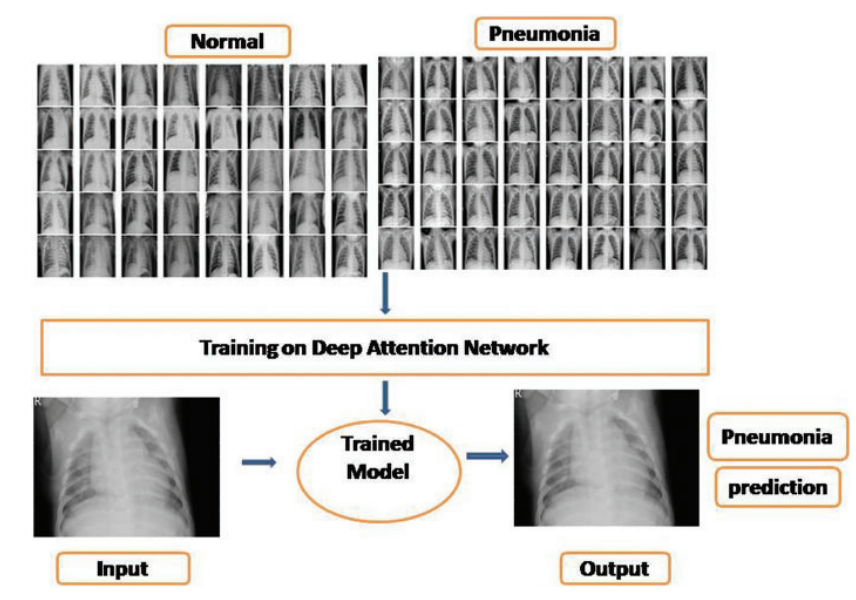
In the present work, a deep neural network (DNN) is combined with an attention mechanism to test the prediction of Pneumonia disease using chest X-ray pictures. To produce attention-aware features, the suggested network was built by merging channel and spatial attention modules in DNN architecture. With this network, we worked on a publicly available Kaggle chest X-ray dataset. Extensive testing was carried out to validate the suggested model. In the experimental results, we attained an accuracy of 95.47% and an F- score of 0.92, indicating that the suggested model outperformed against the baseline models.
2022
Orawit Thinnukool
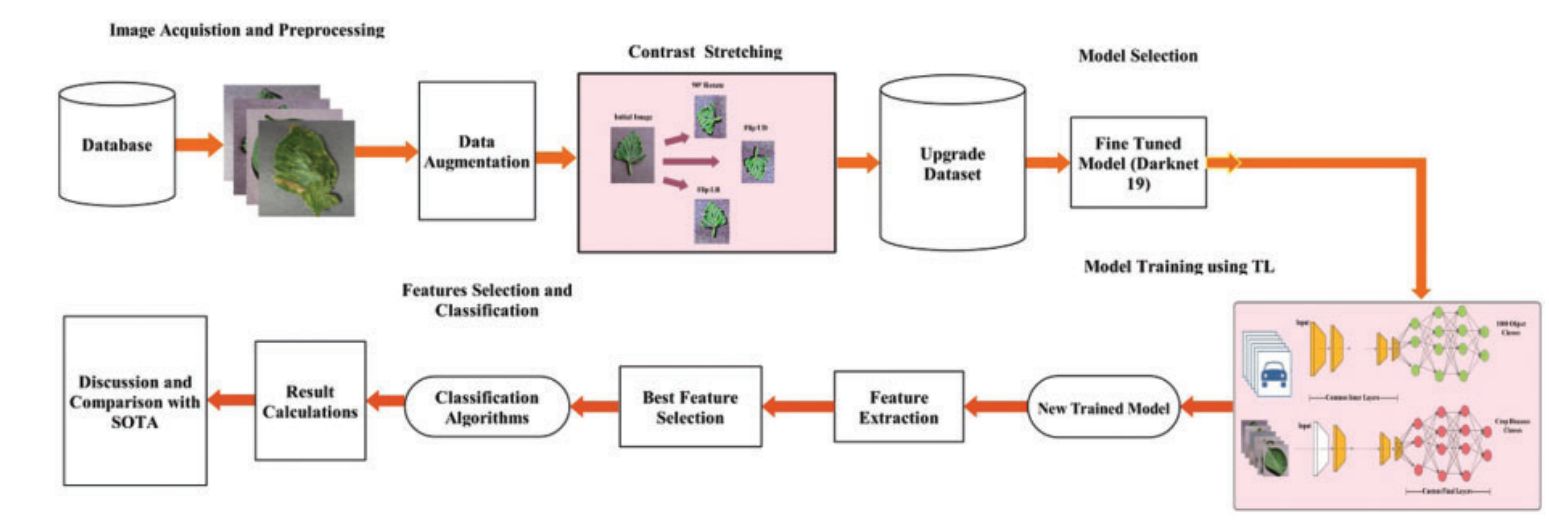
https://www.techscience.com/cmc/v74n1/49776
2022
Orawit Thinnukool
The proposed work aims to develop an automatic TB detection system to assist the pulmonologist in confirming the severity of the disease, decision-making, and treatment execution. The proposed system employs a pre-trained VGG19 with the following phases: (i) image pre-processing, (ii) mining of deep features, (iii) enhancing the X-ray images with chosen procedures and mining of the handcrafted features, (iv) feature optimization using Seagull-Algorithm and serial concatenation, and (v) binary classification and validation.

2021
Orawit Thinnukool
The brain tumor is a deadly disease that is caused by the abnormal growth of brain cells, which affects the human blood cells and nerves. Timely and precise detection of brain tumors is an important task to avoid complex and painful treatment procedures, as it can assist doctors in surgical planning. Manual brain tumor detection is a time-consuming activity and highly dependent on the availability of area experts.
Therefore, it is a need of the hour to design accurate automated systems for the detection and classification of various types of brain tumors. However, the exact localization and categorization of brain tumors is a challenging job due to extensive variations in their size, position, and structure. To deal with the challenges, we have presented a novel approach, namely, DenseNet-41-based CornerNet framework.
The proposed solution comprises three steps. Initially, we develop annotations to locate the exact region of interest. In the second step, a custom CornerNet with DenseNet-41 as a base network is introduced to extract the deep features from the suspected samples. In the last step, the one-stage detector CornerNet is employed to locate and classify several brain tumors. To evaluate the proposed method, we have utilized two databases, namely, the Figshare and Brain MRI datasets, and attained an average accuracy of 98.8% and 98.5%, respectively. Both qualitative and quantitative analysis show that our approach is more proficient and consistent with detecting and classifying various types of brain tumors than other latest technique . . https://www.mdpi.com/2075-4418/11/10/1856#
2021
Orawit Thinnukool
2021
Orawit Thinnukool
we propose a novel computerised approach in this work using deep learning and featuring an ant colony optimisation (ACO) based selection. The proposed method consists of four fundamental steps: data augmentation to solve the imbalanced dataset, fine-tuned pre-trained deep learning models (NasNet Mobile and MobileNet-V2), the fusion of extracted deep features using matrix length, and finally, a selection of the best features using a hybrid ACO and a Neighbourhood Component Analysis (NCA). The best-selected features were eventually passed to many classifiers for final recognition. The experimental process involved an augmented dataset and achieved an average accuracy of 99.7%. Comparison with existing techniques showed that the proposed method was effective.